This article was medically reviewed by Luba Lee, FNP-BC, MS. Luba Lee, FNP-BC is a Board-Certified Family Nurse Practitioner (FNP) and educator in Tennessee with over a decade of clinical experience. Luba has certifications in Pediatric Advanced Life Support (PALS), Emergency Medicine, Advanced Cardiac Life Support (ACLS), Team Building, and Critical Care Nursing. She received her Master of Science in Nursing (MSN) from the University of Tennessee in 2006.
There are 9 references cited in this article, which can be found at the bottom of the page.
wikiHow marks an article as reader-approved once it receives enough positive feedback. In this case, 88% of readers who voted found the article helpful, earning it our reader-approved status.
This article has been viewed 1,165,390 times.
Experts agree that Keratosis Pilaris (KP) is harmless, and you don't need to treat it unless it bothers you. The condition causes clusters of small, red, sandpaper-like bumps that are most commonly found on the back upper section of the arms, thighs, and buttocks. It can sometimes appear on the face as well, where it may be mistaken for acne. While there is no cure for KP, researchers have found that there are definitely ways to treat it. Proper exfoliation and a good moisturizer will likely help.[1]
Steps
Treating Skin Directly
-
1Exfoliate your skin once a week. Use a gentle exfoliant such as a body scrub, wash cloth, or dry brush. Manual exfoliation will scrub away dead skin cells, preventing clogged pores and keratin build-up that can lead to KP. Additionally, it stimulates cell renewal.[2]
- Use a rough sponge to shower with to help slough off the dead skin. Avoid using a loofah though, as this may be too harsh.
- Shower with an exfoliating soap. Many are available that contain small beads that work to rub off skin.
- Use a sugar scrub. You can purchase these at many drugstores and beauty supply stores, or you can make your own. Mix sugar and honey to form a paste and then apply to your dry skin, rubbing in circles. Rinse with warm water afterwards.
- You can make your own exfoliant with table salt and olive oil. However, be careful not to slip while using it.
- Avoid anything too abrasive though, as this can cause damage to your skin in the long run.
-
2Use a moisturizer. The goal of treating keratosis pilaris is to soften the bumps. One of the best ways to do this is to apply a lotion or cream on a regular bases, one to two times a day.[3]
- It's best to use chemical-free products like almond oil, jojoba oil, or coconut oil.
Advertisement -
3Try special soap, like Goat's milk or oatmeal. Oatmeal, when whole, is an exfoliant, and when used in soap it can soften skin. The fats and lactic acid in the goat's milk can help soften those pesky, scratchy bumps.
-
4Use a moisturizer that contains lactic acid. Lactic acid has been proven to help break up the keratin that clogs up hair follicles, leaving those unsightly bumps. AmLactin and Lac-Hydrin are two brands that can be purchased without a prescription.[4]
- Try topical retinoids. These are lotions that use derivations of vitamin A, which aids in dry skin. Look for Retin-A, Isotrex, or Differin at your local drugstore.
- Use urea cream, which breaks down dead skin and keratin. Be careful with this, however, as it can damage healthy skin if used too much. Always wash your hands directly after applying, and apply only as much as the directions instruct.[5]
- Find a moisturizer that uses glycolic acid. This helps to dissolve the dead skin and buildup in the hair follicles.[6]
- If you are unable to purchase a specialized brand of moisturizer for your bumps, look for mild lotions advertised for sensitive skin. Some ingredients in regular lotions can worsen your keratosis pilaris.
-
5Use different oils on your skin. Similar to moisturizers and creams, oils work to soften skin and the keratin in it. Try rubbing a little oil once or twice a day on the affected area of your skin.
- Try using coconut oil. Although this may be found in the cooking section, it has shown to work wonders on softening skin. Use it in the shower for a few minutes, or dab it onto your dry skin before you to go to bed at night.
- Rubbing pure vitamin E oil on your dry skin can soften it while supplementing your skin with nutrients it may be lacking. Vitamin E has shown to have a strong connection to healthy skin and gives promising results in cases of keratosis pilaris.
- Sea Buckthorn is a type of plant that is made an oil used for skin ailments. Look for it at a local pharmacy or drugstore, and use it to rub onto your skin 1-2 times daily.
Treating Skin Indirectly
-
1Take oatmeal baths. They will smooth and hydrate itchy skin. Do this at least once a week for maximum benefit.
- Take 1/3 cup oatmeal and blend in a blender until it's a fine powder.
- Pour into your warm bath as you run the water, to help mix it thoroughly.
- After your bath the oatmeal powder may be left in tub, especially if you did not blend enough. Don't worry, this isn't difficult to clean (unless you leave it in for days).
- Oatmeal baths can be bought in stores too if you would rather nix the extra work of blending it yourself.
-
2Use a humidifier. If you live in a dry area, your skin will be extra sensitive, and a humidifier can help. By adding moisture to the air, this basic machine can help your skin to stay soft.[7]
- Using distilled water (pure water, no minerals, no contaminants) is recommended. Tap water contains lead, chlorine and nitrates, which is best to avoid whenever possible.
- If you don’t have your own humidifier, consider making your own using an old t-shirt and fan.
-
3Avoid cold, dry weather. Low temperatures and humidity dry out skin, leaving it rough. For someone suffering with keratosis pilaris, this can aggravate your condition even more.[8] If you live in a cool, dry area, make sure to moisturize daily.
-
4Go out in the sun. Keratosis pilaris is typically less noticeable in the summer, which may have ties to being in the sun.[9] Spend a little time outdoors to get the hormonal boost the sun provides while aiding your skin in clearing out dead cells.
- Always wear sunscreen when you spend time in the sun to avoid skin damage.
- There have been no official studies that prove sunlight improves keratosis pilaris, but there seems to be a correlation between the two. If nothing else, spending time in the sun has direct links to lessening depression and anxiety, which is good for everyone.[10]
-
5Avoid too much hot water. Taking extremely hot baths or showers can scald the skin and dry it out. When possible take warm or cool baths and showers to lessen the effect of the heat on your skin.[11]
-
6Get a prescription for retinol. Take a visit to your dermatologist to get a prescription for medication which may help your case. Your doctor may prescribe an ointment or cream, but each should make a difference in improving your skin.[12]
-
7Try laser treatment. Although this is expensive and not beneficial in 100% of cases, getting laser treatment may help severe cases of keratosis pilaris. If you have been struggling for many years with your skin condition, this may be a viable option for you.[13]
Expert Q&A
-
QuestionWill 0.1% adapalene work for keratosis pilaris?
 Luba Lee, FNP-BC, MSLuba Lee, FNP-BC is a Board-Certified Family Nurse Practitioner (FNP) and educator in Tennessee with over a decade of clinical experience. Luba has certifications in Pediatric Advanced Life Support (PALS), Emergency Medicine, Advanced Cardiac Life Support (ACLS), Team Building, and Critical Care Nursing. She received her Master of Science in Nursing (MSN) from the University of Tennessee in 2006.
Luba Lee, FNP-BC, MSLuba Lee, FNP-BC is a Board-Certified Family Nurse Practitioner (FNP) and educator in Tennessee with over a decade of clinical experience. Luba has certifications in Pediatric Advanced Life Support (PALS), Emergency Medicine, Advanced Cardiac Life Support (ACLS), Team Building, and Critical Care Nursing. She received her Master of Science in Nursing (MSN) from the University of Tennessee in 2006.
Board-Certified Family Nurse Practitioner Adapalene is sometimes used as an alternative to tretinoin, which is a common treatment for KP. Adapalene is a retinoid compound that works by stimulating cell turnover. This limits the amount of keratin that can build up in your skin to cause KP. The top layer of your skin will become thinner, which makes it less likely that your pores will get blocked. Adapalene is sometimes used over tretinoin because it provides similar results with fewer side effects, such as light sensitivity.
Adapalene is sometimes used as an alternative to tretinoin, which is a common treatment for KP. Adapalene is a retinoid compound that works by stimulating cell turnover. This limits the amount of keratin that can build up in your skin to cause KP. The top layer of your skin will become thinner, which makes it less likely that your pores will get blocked. Adapalene is sometimes used over tretinoin because it provides similar results with fewer side effects, such as light sensitivity. -
QuestionDoes KP go away as you get older? I've had it since I was born.
 Luba Lee, FNP-BC, MSLuba Lee, FNP-BC is a Board-Certified Family Nurse Practitioner (FNP) and educator in Tennessee with over a decade of clinical experience. Luba has certifications in Pediatric Advanced Life Support (PALS), Emergency Medicine, Advanced Cardiac Life Support (ACLS), Team Building, and Critical Care Nursing. She received her Master of Science in Nursing (MSN) from the University of Tennessee in 2006.
Luba Lee, FNP-BC, MSLuba Lee, FNP-BC is a Board-Certified Family Nurse Practitioner (FNP) and educator in Tennessee with over a decade of clinical experience. Luba has certifications in Pediatric Advanced Life Support (PALS), Emergency Medicine, Advanced Cardiac Life Support (ACLS), Team Building, and Critical Care Nursing. She received her Master of Science in Nursing (MSN) from the University of Tennessee in 2006.
Board-Certified Family Nurse Practitioner Yes, it's common for KP symptoms to develop at a young age but then disappear as you get older.
Yes, it's common for KP symptoms to develop at a young age but then disappear as you get older.
Warnings
- Do not pick, scratch or rub dry skin. This will lead to scarring, itching, possible infection and increased redness. Rub with recommended medications or moisturizing lotions only.⧼thumbs_response⧽
- Sun tanning should be done sparingly in order to minimize skin damage and worsening the state of your keratosis pilaris.⧼thumbs_response⧽
References
- ↑ https://www.aad.org/public/diseases/a-z/keratosis-pilaris-treatment
- ↑ https://www.nhs.uk/conditions/keratosis-pilaris/
- ↑ https://my.clevelandclinic.org/health/diseases/17758-keratosis-pilaris
- ↑ https://dermnetnz.org/topics/keratosis-pilaris
- ↑ https://www.drugs.com/cdi/urea-cream-and-ointment.html
- ↑ https://www.aad.org/public/diseases/a-z/keratosis-pilaris-treatment
- ↑ https://familydoctor.org/condition/keratosis-pilaris/
- ↑ https://www.urmc.rochester.edu/encyclopedia/content.aspx?contenttypeid=85&contentid=P00296
- ↑ https://medlineplus.gov/ency/article/001462.htm
About This Article
To treat Keratosis Pilaris, exfoliate your skin with a body scrub or brush once a week, which will prevent keratin from building up. You should also moisturize twice a day to help soften the bumps on your skin so they're less noticeable. Try to look for a moisturizer that contains glycolic or lactic acid, which will break up the keratin that's clogging your pores so you're less likely to develop bumps. To learn how to treat Keratosis Pilaris by spending time in the sun and using a humidifier, scroll down!
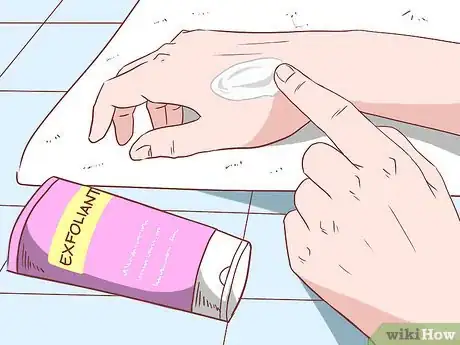
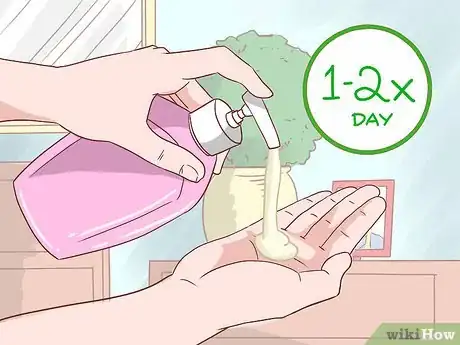
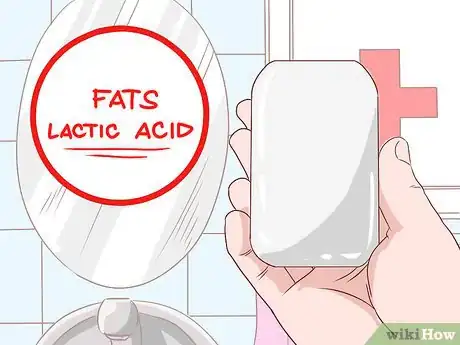
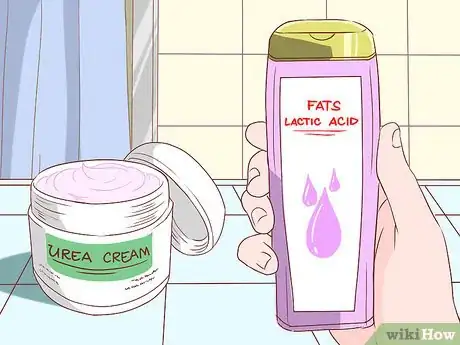
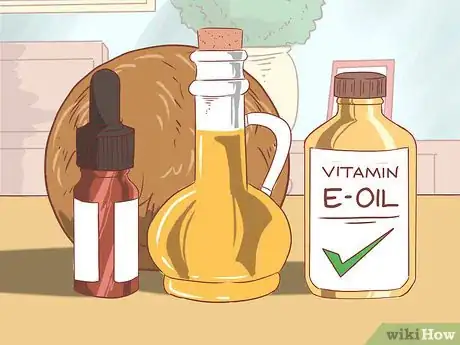
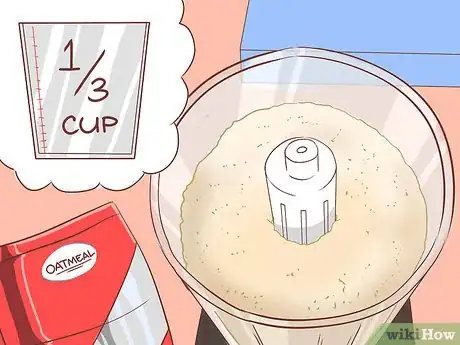

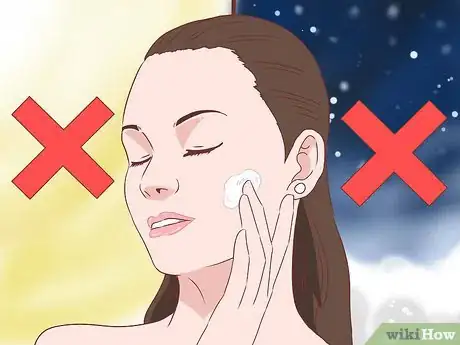


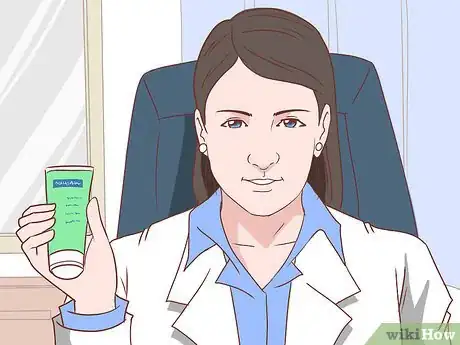


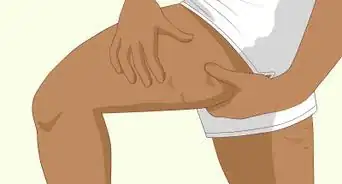
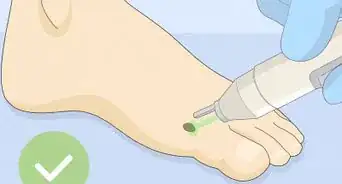

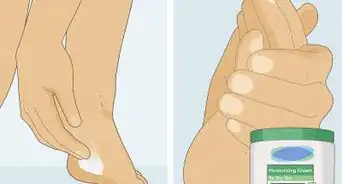






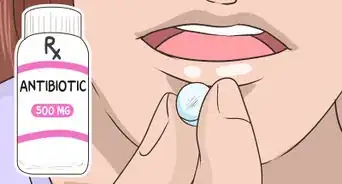
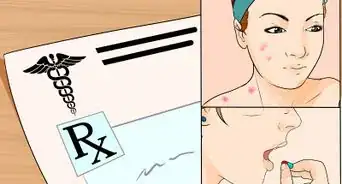











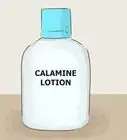

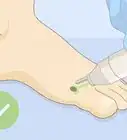




































Medical Disclaimer
The content of this article is not intended to be a substitute for professional medical advice, examination, diagnosis, or treatment. You should always contact your doctor or other qualified healthcare professional before starting, changing, or stopping any kind of health treatment.
Read More...